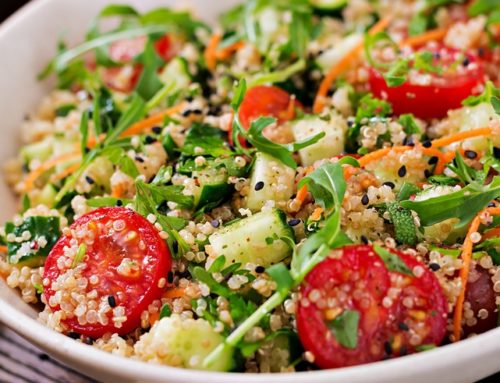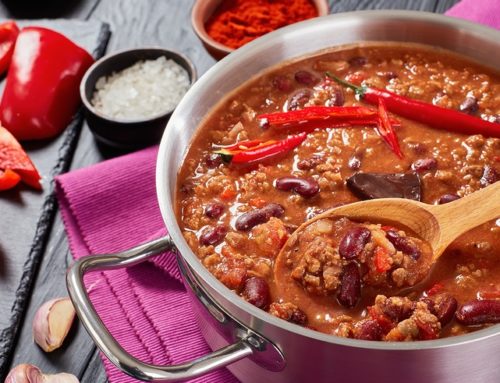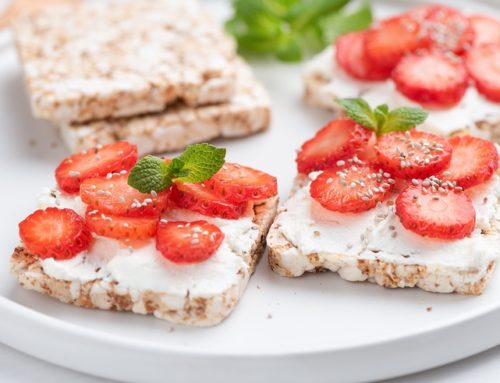An avocado a day keeps the dermatologist away!
Okay… maybe not exactly. But your best skin ever may be just a few delicious dietary changes away. Often when it comes to skin care, we are most concerned about what we are putting on our bodies: creams, serums, foundations, etc. But what we put in our bodies can be just as important – if not more so.
Some of the best beauty foods around are the so-called healthy fats. This group of good fats is made up of unsaturated fats (compared with the infamous saturated fats we all know we should be limiting in our diets). These unsaturated fats play an essential role in making healthy cells.
Unsaturated fats come in two types: monounsaturated and polyunsaturated.
Monounsaturated fats are found in plant-based oils like olive oil, canola oil, peanut oil, safflower oil and sesame oil; avocados; and many nuts and seeds. Polyunsaturated fats include the omega-3 and omega-6 fats. These fats are considered essential – they are something our body needs, but cannot produce on its own, and so they must be obtained through food. We tend to get a lot of omega-6 fats in our diet fairly easily, but omega-3s can be a bit harder to find. Foods high in omega-3 fats include fatty fish such as salmon, albacore tuna, sardines, lake trout and mackerel; nuts (especially walnuts); flax seeds and oil; and other vegetable oils, such as soybean oil and canola oil.
There is a growing body of research that shows the positive effects of these healthy, unsaturated fats on the appearance of skin. Consuming foods high in unsaturated fats has been linked to a lower likelihood of dry and thin skin in old age [1], [2] and a lower risk of the premature aging caused by exposure to UV light (sunlight and artificial tanning), including wrinkle formation[3, 4].
A good way to start incorporating more of these healthy fats in your diet is to substitute them for less healthy varieties. For example:
- Cook in olive oil, or another healthy vegetable oil, instead of butter
- Swap out fattier meats for fatty fish – so salmon instead of steak, or a tuna sandwich instead of a salami sandwich
- Instead of having bacon with your eggs, try some avocado slices
- In place of packaged snack foods, munch on some raw nuts.
[1] Cosgrove MC, Franco OH, Granger SP, Murray PG, Mayes AE. Dietary nutrient intakes and skin-aging appearance among middle-aged American women. Am J Clin Nutr. 2007;86:1225–31.
[2] Iizaka S, Nagata S, Sanada H. Nutritional Status and Habitual Dietary Intake Are Associated with Frail Skin Conditions in Community-Dwelling Older People. J Nutr Health Aging. 2017;21(2):137-146. doi: 10.1007/s12603-016-0736-8.
[3] Latreille J, Kesse-Guyot E, Malvy D, et al. Dietary Monounsaturated Fatty Acids Intake and Risk of Skin Photoaging. Soyer HP, ed. PLoS ONE. 2012;7(9):e44490. doi:10.1371/journal.pone.0044490.
[4] Cho HS, Lee MH, Lee JW, No KO, Park SK, Lee HS, et al. Anti-wrinkling effects of the mixture of vitamin C, vitamin E, pycnogenol and evening primrose oil, and molecular mechanisms on hairless mouse skin caused by chronic ultraviolet B irradiation. Photodermatol Photoimmunol Photomed. 2007;23:155–62. doi: 10.1111/j.1600-0781.2007.00298.x.





